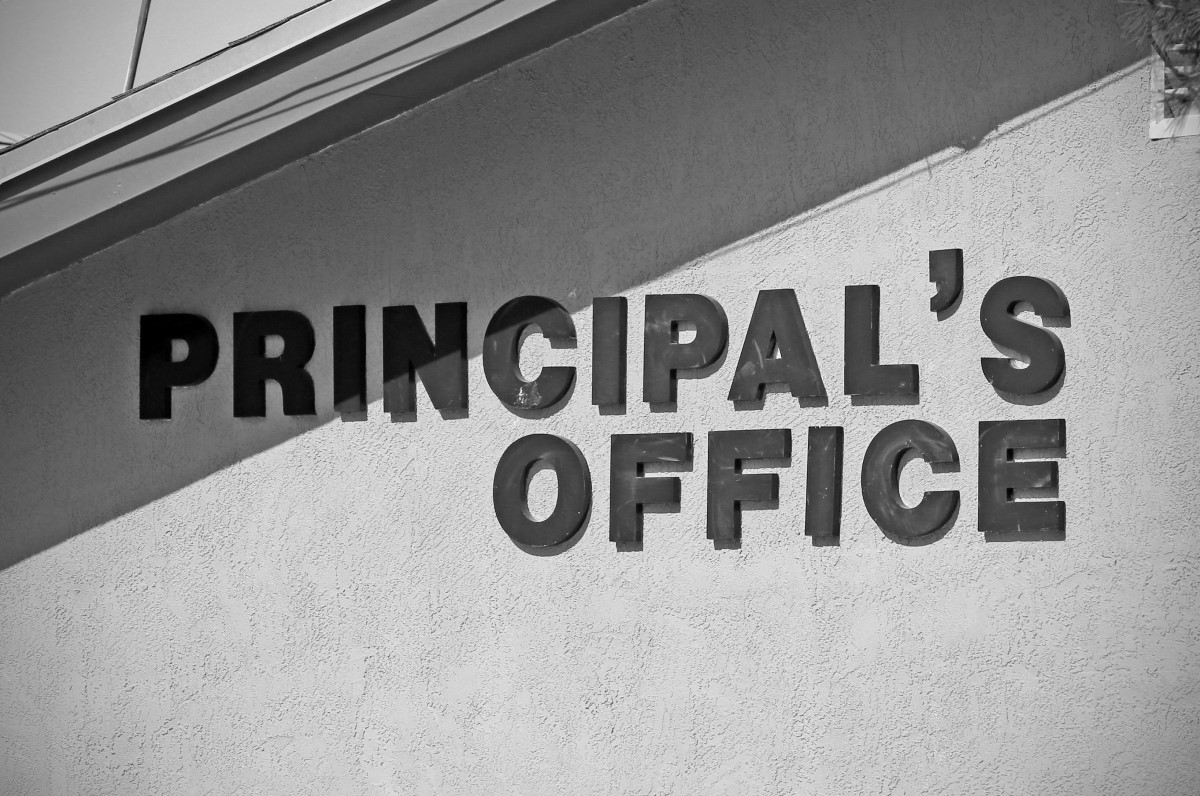Student Rights at School: Free Speech
Public school students generally have the same First Amendment rights to freedom of speech as everyone else when they’re at school and during school activities. But the U.S. Supreme Court has carved out some exceptions when it comes to protecting student speech because of the need to provide a safe and orderly school environment.
Typically, student speech, including student expression, is protected as long as it doesn’t cause a disruption at school or interfere with the rights of others. But schools can prohibit speech that’s vulgar or offensive, and sometimes even restrict speech that’s considered “inappropriate.”
So when it comes to your First Amendment free speech rights, what can you say without getting in trouble at school?
Where It Started
The right to free speech is a First Amendment protection guaranteed in the U.S. Constitution. But the Supreme Court has continued to play an important role in protecting student speech and determining when a school can limit speech without violating the rights of students.
Students Maintain Their Constitutional Rights at School
In 1969, the Supreme Court created a test to determine whether student speech falls under the First Amendment’s protection in Tinker v. Des Moines Independent Community School District.
In that case, high school students were suspended after wearing black armbands to school to protest the Vietnam War. The students challenged their suspension, arguing it was a violation of the First Amendment right to free speech. The Supreme Court agreed.
“Students don’t shed their constitutional rights at the schoolhouse gate,” the justices wrote, and because the expression was quiet and passive, it did not interfere with other students’ learning environment. Even though the case was decided over 50 years ago, courts still use the “substantial disruption” rule today. Student speech is protected unless it substantially disrupts or interferes with school operations.
Lewd Speech
Kids will be kids, and as more students asserted their freedom of expression rights at school, it became necessary to come up with more specific ways of evaluating when student speech is protected.
In 1986, the Supreme Court created a new rule based on the style of student speech. In Bethel School District v. Fraser, a student gave a speech nominating his friend for class vice-president that was full of sexual references like “rock hard,” “firm in his pants,” and something about “pounding it in.” An interesting way to get voter support, but school administrators suspended him for violating school policies about behavior and offensive speech. The student and his parents hired an attorney from the American Civil Liberties Union (ACLU) and challenged the punishment as a violation of his free expression rights.
The Supreme Court acknowledged that nondisruptive student speech is protected due to the ruling in Tinker, but the court made an exception to the rule that allows schools to prohibit speech that is sexually vulgar or “lewd.”
What about student speech or expression that involves a school-sponsored activity? In 1988, the Supreme Court made another exception that allowed schools to regulate speech at school-sponsored activities.
In Hazelwood School District v. Kuhlmeier, a school principal removed pages of the school newspaper that contained stories about teen pregnancy and the effects of having divorced parents. The students argued that removing the pages violated their rights under the First Amendment. The Supreme Court decided that school officials can prevent student speech if it’s “inappropriate” and part of a class or school-sponsored activity.
And yet another exception came about in 2007 when the Supreme Court decided schools could also put a stop to student expression that seems to promote illegal drug use. In Morse v. Frederick, the principal suspended a student who refused to put away a banner reading “Bong Hits 4 Jesus.” Once again, free speech rights were asserted, but the Supreme Court disagreed. Schools can prohibit student speech if it seemingly encourages drug use.
How It’s Going
The standards for evaluating when student speech deserves First Amendment protection continue to evolve to keep up with the world. After all, Washington and Jefferson didn’t have to think about things like social media when writing our fundamental rights. But don’t worry because, in 2021, the Supreme Court did.
Student Speech Outside of School
In Mahanoy Area School District v. B.L., a student posted vulgar images on Snapchat after not making the varsity cheerleading squad. She was suspended from the junior varsity squad as punishment. The Supreme Court ruled that the suspension violated the student’s free expression rights because schools don’t have the same leeway to limit students’ off-campus speech.
That means that regulating student speech that takes place outside of school violates First Amendment rights unless the school can show special circumstances to justify the regulation. For example, schools can probably punish students for speech that involves bullying or harassment without infringing on the student’s free speech rights, even when it’s made outside of school hours, because it will affect the victim’s ability to learn at school.
Private Schools
Because public education is essentially a government institution, public schools are required to uphold the constitutional rights of students, including free speech. But private schools are not instruments of the government, so their students don’t have the same First Amendment protections. They do, however, usually have the same outfits.
Related Resources:
You Don’t Have To Solve This on Your Own – Get a Lawyer’s Help
Meeting with a lawyer can help you understand your options and how to best protect your rights. Visit our attorney directory to find a lawyer near you who can help.






